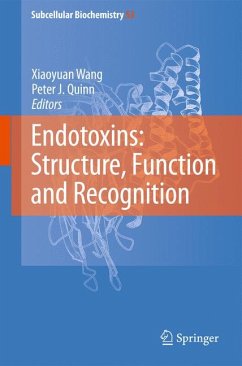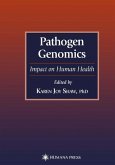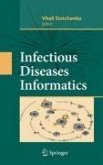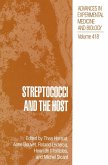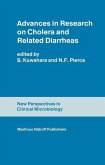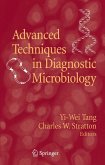Dieser Download kann aus rechtlichen Gründen nur mit Rechnungsadresse in A, B, BG, CY, CZ, D, DK, EW, E, FIN, F, GR, HR, H, IRL, I, LT, L, LR, M, NL, PL, P, R, S, SLO, SK ausgeliefert werden.
"The book consists of two parts that include 17 chapters prepared by an international team of well_ known experts. ... The book is well prepared. There are many good quality photos, graphs, and pictures. Each chapter ends with a base reference, and there is a subject index at the end of the book. ... very useful for many researchers in the field of biochemistry, biotechnology, immunology, and medicinal chemistry. This book can also be a useful tool for teachers and students of colleges and universities." (G. Ya. Wiederschain, Biochemistry, Vol. 76 (5), May, 2011)

